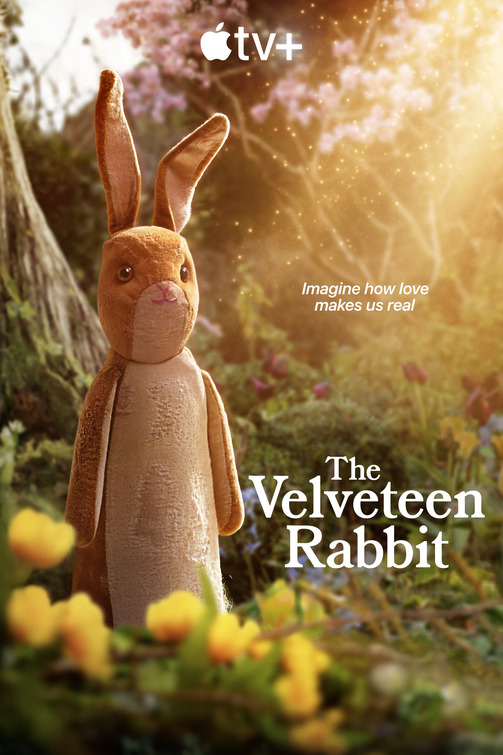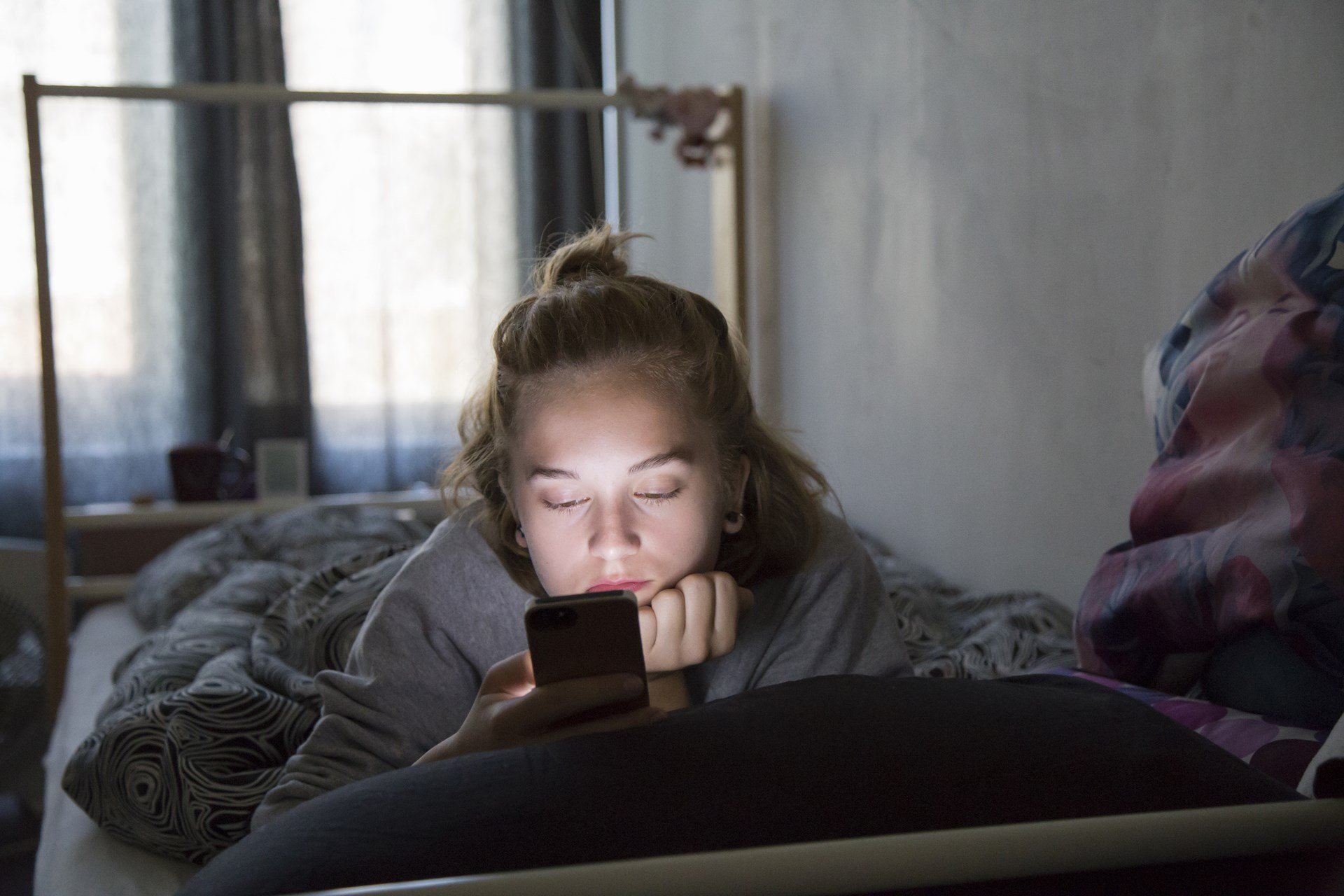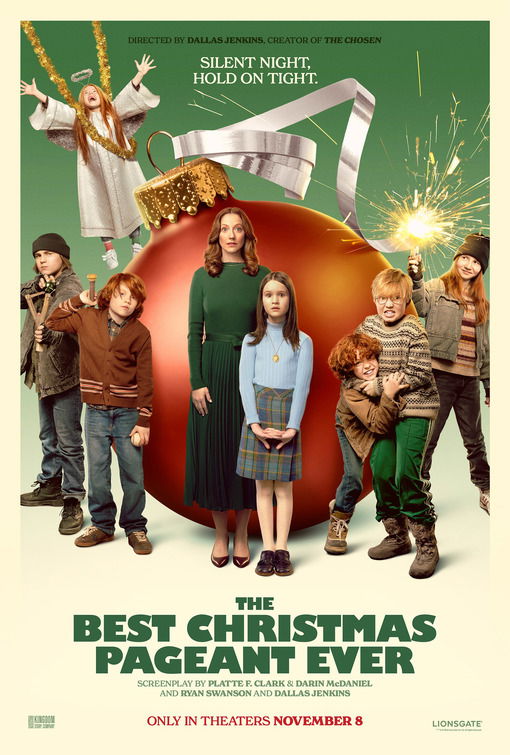How Social Media Changed: ‘Less Control Over What You See’
By Movieguide® Contributor
Not one to ignore an important issue when she sees one, The Guardian journalist Nesrine Malik is pointing out what’s wrong with social media.
“Something has changed about the way social media content is presented to us,” said Malik, author of “We Need New Stories: Challenging the Toxic Myths Behind Our Age of Discontent.” “It is both a huge and subtle shift. Until recently, types of content were segregated by platform.”
Previously, each social platform did its own thing, but now, social platforms mimic each other.
Kylie Jenner and Kim Kardashian complained about this in a plea to Instagram in 2022.
“Make Instagram Instagram Again. (Stop trying to be tiktok i just want to see cute photos of my friends.) Sincerely, Everyone,” they said.
“Often it feels like a closed loop, with the algorithm taking you further and further away from discretion and choice in who you follow,” Malik said. “All social media apps now have the equivalent of a “For you” page, a feed of content from people you don’t follow, and which, if you don’t consciously adjust your settings, the homepage defaults to. The result is that increasingly, you have less control over what you see.”
In January, Movieguide® reported influencer Lilly Singh’s comments about how hate and arguments encourage engagement:
While live recording an episode of the “Lipstick on the Rim” podcast at TheWrap’s 2023 Power Women Summit, Singh warned parents that social media will never reach a point where it will not harm children’s mental health.
“I want to preface by saying I do not have any kids. So take this with a grain of salt, but my belief coming from social media is I don’t think that landscape and climate will ever change and become what parents want it to become,” she said. “[Social Media] forces us to compare ourselves to other people, that gets us in the comments reading an argument and arguing with other people, because that’s how engagement is formed.”
According to Malik, social media “incentivizes” content that gets high engagement, and “there’s little that achieves that better than conspiracy theorising.”
She notes that conspiracies were not commonplace until recently. People would hear of them occasionally, but now they are confronted with them every day on social media.
“I’m not sure exactly when it started happening, but in my user experience, it burst its banks with the new X regime under Elon Musk,” she said. “The changing of verification rules means that people who pay for blue tick badges (as opposed to being awarded them based on profile and credibility) get preferential treatment in how their posts are viewed by non-followers, and have come to understand that their style must sound authoritative. And so the tone of conspiracy has become gentrified.”
“People are now just ‘asking questions,’ posting grainy videos and asking, ‘What do you notice?,’ or threading, like those sober TikTok video creators, a series of observations and expressing concern that something is just not right,” Malik said. “If you thought that the Baltimore bridge collapse was an accident, there are now several posts, by verified users, implying there is simply no way that is true.”
Malik likens some online meanness and pointless questioning to “mob activity,” but there’s more to it than that.
“Social media in the past was just that, a social place, one that mainly intersected with personal brand-building and professional ambitions only in so far as it helped in raising a user’s public profile,” she said. “It is now a job, a place where users can get paid and become full-time ‘content creators.’ Virality of videos or tweets enhances users’ ability to unlock monetisation and grow follower counts, which then attract brands and partnerships, and the more that model works, the more it brings in revenue for social media platforms, which in turn charge for monetisation as a service.”
Malik used a video of Kate Middleton sharing her cancer diagnosis as an example. While it seems credible, many say that it’s not authentic.
“Look at claims that a Kremlin-linked network was involved in stirring conspiracy theories about Kate Middleton; according to a report in the New York Times, the motives were probably not only political, but commercial, whereby Russian networks capitalised on the interest in the Middleton story to boost their own traffic,” Malik explained.
Malik wants people to understand that social media isn’t personal anymore. It’s not just a place to catch up with friends and family; it’s commercial.
“It’s not just a nasty place that we can conveniently assume hosts the worst of human behaviour, triggered into derangement by anonymity and a goading algorithm,” Malik said. “There are new commercial players that are simulating, and then trying to replace, legacy media by attacking them as a purveyor of narratives that keep you in the dark. They are disparate and atomised and ungovernable, and their posts and videos mislead users with head-spinning virality that a static front-page could never achieve.”
“And for established media, reckoning with how that is happening in all its complexity is far harder and far more incriminating than reducing it all to the moral shortcomings of the public,” she concluded.
In a Forbes article titled “Social Media Isn’t Really All That Social Anymore—Can It Be Again?” CETYS University Professor Ubaldo Reyes adds that with social media’s added features like brand promotion, like buttons, dislike buttons and followers, relationships have become disrupted, and the purpose of social media changed.
“Those features drove the need to engage—even if we didn’t always know who were engaging with or why. Perhaps that should have been the warning sign, but we went with it,” writer Peter Suciu said.



 - Content:
- Content: 


